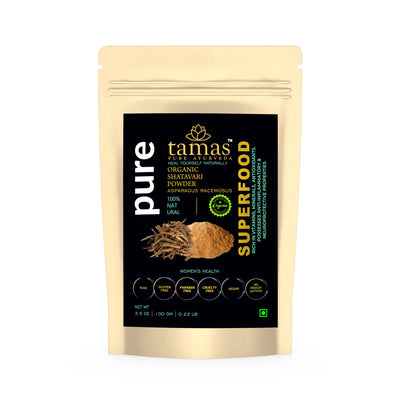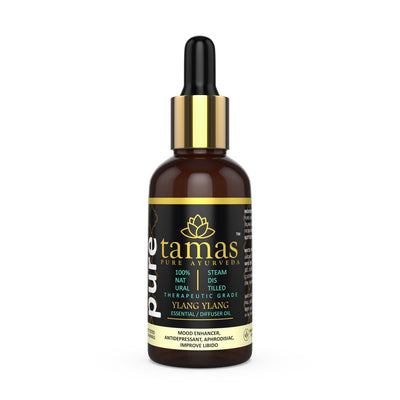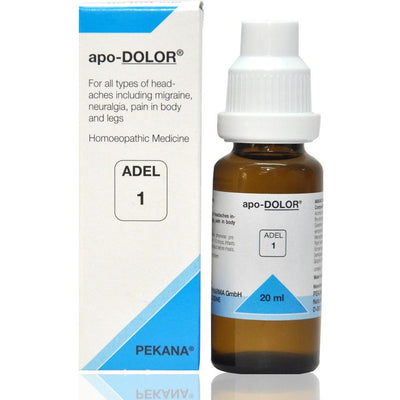
Aragwadadi Kwath
Aragwadadi Kwath is an Ayurvedic formulation that helps in the fast and optimum healing of deep wounds and skin diseases. This preparation contains powerful herbs that can greatly help treat a wide range of skin issues including eczema, scabies, ringworm infection and non-healing wounds.
Ingredients
Aragvadha (Cassia fistula)
Ayurveda and Skin Issues
Ayurveda defines three doshas Vata, Kapha and Pitta that govern the different aspects of how our bodies function. These three Doshas have to be in balance along with the Agni, Malas and Dhatus to have good health.
Wounds are referred to as Vrana in Ayurveda and wound healing is approached from the perspective of not only healing it but also restoring the appearance of the wounded area to normal. This has been described by Sushruta in Shashti Upakrama. Ayurveda also classifies wounds depending on their stage of healing. An infected or untidy wound is referred to as a Dushta Vrana and there are many sub-classifications based on its appearance and type. Clean wounds are called Shudha Vrana and a wound that is in the process of healing is a Ruhyamana Vrana. A wound that is healed satisfactorily is referred to as Samyak Rudha Vrana. Vrana Vastu is the scar that has been left by the wound.
Ayurvedic texts have described many different herbs and medicines that can be used at different stages of wound healing. They are used to purify the wound, act as anti-infective, anti-inflammatories and analgesics thus speeding up the process of healing.
Hrillasa is the term that is used in Ayurveda to refer to nausea. It can also be accompanied by vomiting or Chardi and excessive salivation or Praseka. It is usually defined as a digestive problem or Ajirna accompanied by a Dosha imbalance. The problem is treated with medication to calm and normalize the digestive system as well as reduce the symptoms of nausea.
Western Medicine – Wounds and Travel Sickness
Aragwadadi Kwath is an Ayurvedic formulation that helps in the fast and optimum healing of deep wounds and skin diseases. This preparation contains powerful herbs that can greatly help treat a wide range of skin issues including eczema, scabies, ringworm infection and non-healing wounds.
Ingredients
Aragvadha (Cassia fistula)
- Pacifies the Vata and Pitta Doshas
- Is used in Ayurveda as an antioxidant, immunomodulatory, antiparasitic, antitumor, antiulcer, antifungal, antibacterial, wound healing, hepatoprotective, anti-inflammatory, analgesic
- It is a traditional medicine to heal wounds faster.
- Is used in traditional medicine as a detoxifier
- Improves digestion by improving the digestive fire or Agni
- Balances all the three Doshas
- Antidiarrhoeal
- Pacifies Vata Dosha
- Neem: every part of this tree has medicinal qualities.
- Different parts of the neem tree are used in traditional folk medicine and Ayurveda. It is used to treat wounds, stomach problems, worms, skin problems, diabetes, piles and eye issues.
- It is a good traditional wound healing medicine.
- The bark and leaves of the Neem tree are used as a blood purifier and used in skin diseases treatment. The bark is also used in medicine to prevent vomiting, nausea and fever.
- The leaves have a carminative effect.
- The flowers are used for stomach disorders.
- The neem tree balances the Kapha and Pitta Doshas
- It is used in Ayurvedic medicine to protect the liver and helps in detoxification
- Adaptogen
- Anti-stress
- Supports digestion
- Anti-bacterial
- Balances all three Doshas
- It is used in Ayurveda as an anti-malarial, anti-bacterial and in liver disease treatment.
- Balances all the three Doshas
- Relieves Ama and balances digestion.
- Helps heal blood disorders, abscess, throat problems, bacterial infections, arthritis, snake bite, colic, cough and pneumonia
- Balances the Kapha and Vata Doshas
- Purifies breast milk and treats leucorrhea
- Is used in traditional medicine to treat insomnia
- Supports gut health
- Balances Kapha and Pitta Doshas
- Described as an analgesic, anti-inflammatory, antimicrobial, antidiabetic and hepatoprotective
- Supports gastric health
- Purifies blood
- Relieves bloating
- Promotes healing
- Balances Kapha and Vata Doshas
- It is used in Ayurveda to treat nausea, diabetes, swelling, piles and as a blood purifier.
- Reduces the vitiated Kapha and Pitta Doshas
- It is a stimulant of the digestive fire or Agni.
- Balances the three Doshas
- Purifies the blood
- Supports wound healing
- Useful in skin diseases
- Ayurvedic medicine for indigestion
- Calms the Vata Dosha
- It is also called Kalonji
- It is one of the medicine used as a home remedy for nausea
- It is used in Ayurveda to treat chemotherapy side effects, headache, toothache, diarrhoea, toxicity in liver and kidneys, conjunctivitis, inflammation and fever.
- Increases Pitta dosha and pacifies the Kapha and Vata Doshas
- Balances Kapha and Vata Doshas
- Is used in traditional medicine to reduce cholesterol by cleansing the inner surface of blood vessels
- Is used in traditional medicine to aid quick wound healing, treat abdominal tumours, running nose and abscess.
- This is an ingredient in Ayurvedic medicines to treat skin diseases, ulcers, wounds, fever, swelling, oedema and dental caries.
- It is used as a blood purifier
- Reduces vitiated Kapha and Vata Doshas
- Improves hair growth, strength and colour
- This is the Indian Jujube or Chinese apple
- It is high in Vitamin C
- It is used in Ayurvedic medicine to treat excessive thirst, fever and bleeding disorders
- It pacifies the Vata and Kapha Doshas and does not increase the Pitta Doshas
Ayurveda and Skin Issues
Ayurveda defines three doshas Vata, Kapha and Pitta that govern the different aspects of how our bodies function. These three Doshas have to be in balance along with the Agni, Malas and Dhatus to have good health.
Wounds are referred to as Vrana in Ayurveda and wound healing is approached from the perspective of not only healing it but also restoring the appearance of the wounded area to normal. This has been described by Sushruta in Shashti Upakrama. Ayurveda also classifies wounds depending on their stage of healing. An infected or untidy wound is referred to as a Dushta Vrana and there are many sub-classifications based on its appearance and type. Clean wounds are called Shudha Vrana and a wound that is in the process of healing is a Ruhyamana Vrana. A wound that is healed satisfactorily is referred to as Samyak Rudha Vrana. Vrana Vastu is the scar that has been left by the wound.
Ayurvedic texts have described many different herbs and medicines that can be used at different stages of wound healing. They are used to purify the wound, act as anti-infective, anti-inflammatories and analgesics thus speeding up the process of healing.
Hrillasa is the term that is used in Ayurveda to refer to nausea. It can also be accompanied by vomiting or Chardi and excessive salivation or Praseka. It is usually defined as a digestive problem or Ajirna accompanied by a Dosha imbalance. The problem is treated with medication to calm and normalize the digestive system as well as reduce the symptoms of nausea.
Western Medicine – Wounds and Travel Sickness
- Western medicine considers wound healing as a step by step process.
- The body first strives to arrest the bleeding from the wound and form a blood clot to seal it.
- After this is achieved the body then attempts to fight any potential infection at the site of the wound. This causes inflammation.
- There is an increase in the white blood cells or WBC that are sent to the area to fight infection. The WBC also secrete chemicals that aid in swift repairs to the damage that is caused in the area. This also causes redness, swelling and pain. Finally, new skin is formed.
You may also like
More from Kerala Ayurveda
More from Aasaan
Recently viewed



















